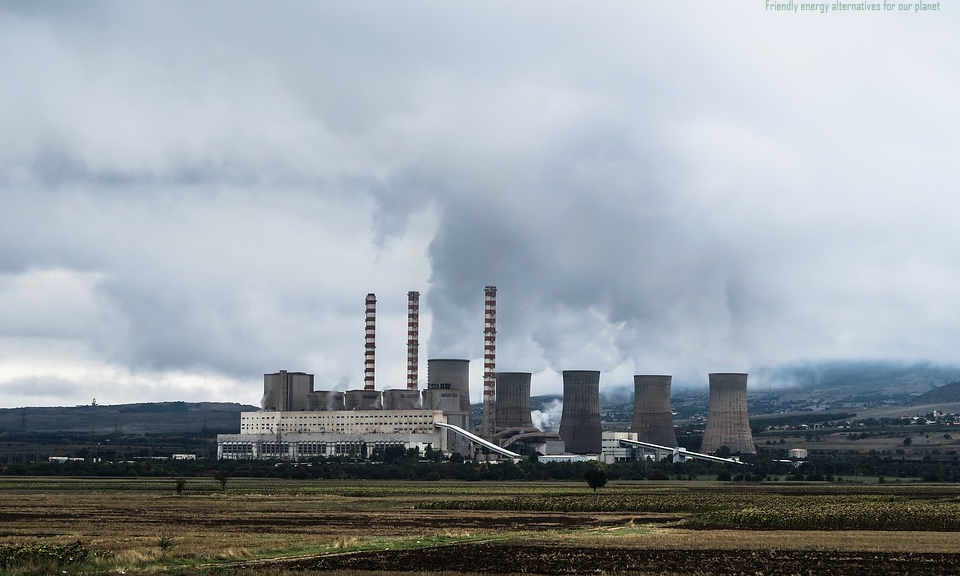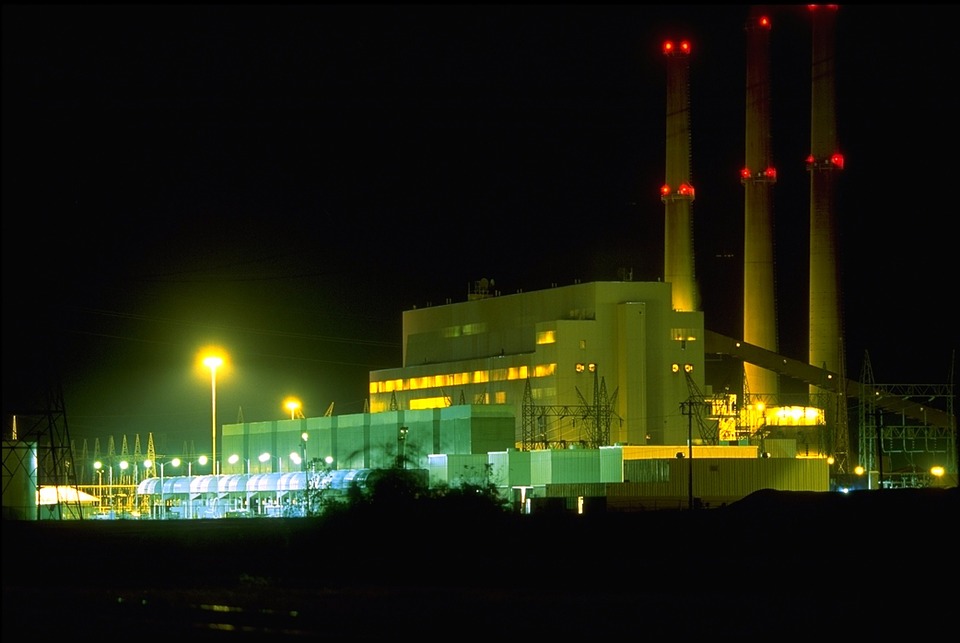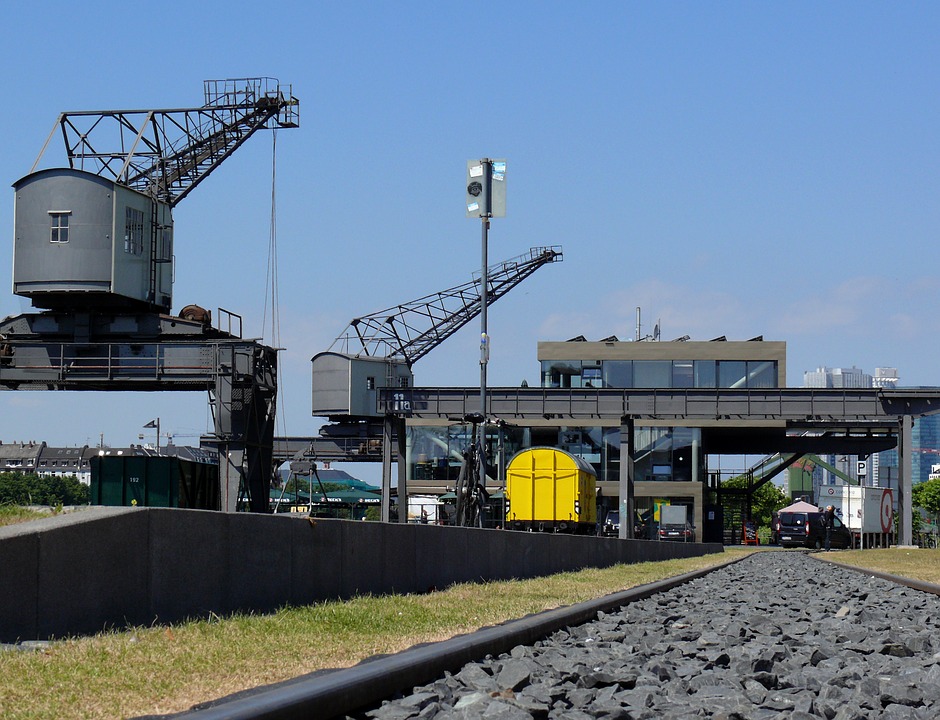Canada’s Oil and Gas Giant: A Creative Perspective
The oil and gas industry has always been a subject of complexity – with vast opportunities and lingering controversies. Canada, in particular, has been at the forefront of the sector, with its oil reserves ranked third in the world after Saudi Arabia and Venezuela. The industry has played a vital role in the country’s economy, and as such, various topics have littered discussions concerning it. From environmental concerns and extraction methods to production rates and supply chains, there is a lot to explore. In this piece, we will aim to delve into some exciting perspectives concerning the oil and gas industry in Canada.
Let us talk about the Albertan oil sands. These oil sands signify Canada’s largest recoverable resource, with over 165.4 billion barrels of crude bitumen reserves. It is quite perplexing to note that these sands make up approximately 97% of Canada’s proven oil reserves. This is pretty impressive, isn’t it? There have always been growing concerns about the environmental impacts of oil sands exploitation. Still, innovations and regulations have brought about newer and cleaner bitumen extraction methods, such as in-situ techniques, to improve the extraction process’s environmental efficiency. It is not surprising that the oil sands have contributed significantly to the province of Alberta’s economy – accounting for over 369,000 jobs and generating approximately 8.9% of the province’s GDP.
For the gas sector, Canada’s natural gas and liquefied natural gas (LNG) remains an integral oil and gas product. According to reports, Canada has an estimated 1,230 trillion cubic feet of natural gas reserves – over 1.5% of the world’s total. Now, seeing as the demand for natural gas is projected to rise by 26% over the next two decades, Canada’s reserves will undoubtedly plunge the country into a significant global export position. It is no surprise that the country has become one of the world’s top ten producers of natural gas, with a daily production of well over 15 billion cubic feet daily.
Finally, we take a quick look at Canada’s pipeline network. As oil and gas production increases, the need for transporting these products arises, and pipelines have proven to be a reliable way to transport crude oil and natural gas to various destinations. Canada’s pipeline network spans over 840,000 km, connecting oil and gas wells to export markets. Interprovincial pipelines, such as the Enbridge pipeline system, move oil and gas across various provinces. Hence, ensuring that products are delivered to their destinations efficiently.
In conclusion, the Oil and Gas industry is a crucial aspect of Canada’s economy that has brought about impressive revenue generation and employment opportunities for its residents. The country’s abundant reserves in oil sands and natural gas, as well as a functional pipeline network, have placed it in a significant global position in the industry. While concerns about the environmental impact of oil sands exploitation and gas production linger, one thing remains sure – Canada’s oil and gas industry will continue to expand, evolve and provide opportunities for growth and advancements.
Quilbot Edited Version
Canada is known to have a rich reserve of oil and gas, ranking third globally after Saudi Arabia and Venezuela. The oil and gas sector continues to provide a considerable contribution to the country’s economy. However, with a plethora of discussions surrounding the industry, it is crucial to highlight various perspectives on the matter. Albertan oil sands stands out as Canada’s largest recoverable resource with over 165.4 billion barrels of crude bitumen reserves. In fact, these sands represent close to 97% of Canada’s proven oil reserves. Despite growing concerns over the environmental impact of the oil sands exploitation, newer and cleaner bitumen extraction methods have been introduced, making the extraction process environmentally efficient. The oil sands industry has contributed significantly to the economy – creating over 369,000 jobs and accounting for approximately 8.9% of the province’s GDP.
Canada’s natural gas and liquefied natural gas (LNG) also form an integral part of the oil and gas industry. Canada has an estimated 1,230 trillion cubic feet of natural gas reserves – over 1.5% of the world’s total. The demand for natural gas is forecasted to rise by 26% over the next two decades. With Canada’s natural gas reserves, the country is in a great position to benefit significantly from the industry. As one of the world’s top ten producers of natural gas, with a daily production of well over 15 billion cubic feet, Canada has the potential to head towards a major global export position in the gas sector.
The country’s pipeline network has proven to be an efficient way of transporting natural gas and crude oil to various markets. The network spans over 840,000 km and connects oil and gas wells to export markets. The Enbridge pipeline system is an example of the interprovincial pipelines that move oil and gas across various provinces.
In conclusion, Canada’s oil and gas industry is crucial to the country’s economy. The abundance of reserves such as oil sands and natural gas, a functional pipeline network, and growing demand in the industry will continue to provide growth and opportunities for Canadians. While there are growing concerns regarding the impact of oil sands exploitation and gas production, newer and cleaner extraction methods have made it possible for the industry to move towards more sustainable practices.

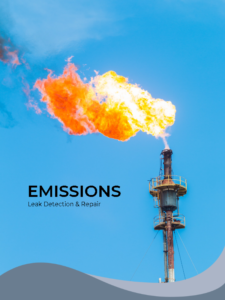 Services for Movable Steam Boilers
Services for Movable Steam Boilers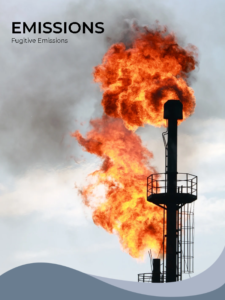
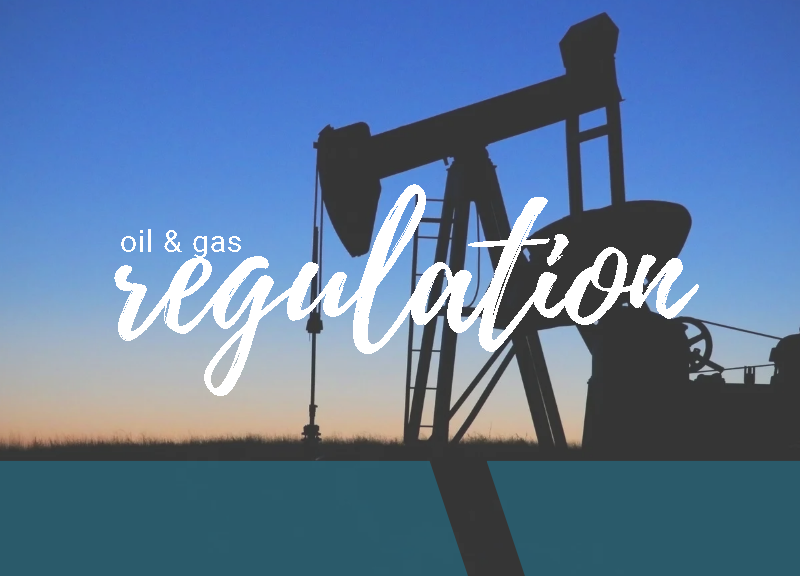
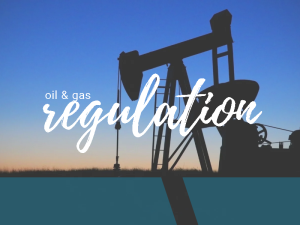 The Organization of Petroleum Exporting Countries (OPEC) is crucial in regulating oil prices. This organization is made up of 14 member countries that have substantial amounts of oil reserves and produce more than half of the world’s oil. Members of OPEC coordinate their production and export levels in order to keep the price of oil stable. When supply exceeds demand, members agree to limit production in order to reduce global supply and raise prices. When demand exceeds supply, members can raise production in order to expand global supply and lower costs.
The Organization of Petroleum Exporting Countries (OPEC) is crucial in regulating oil prices. This organization is made up of 14 member countries that have substantial amounts of oil reserves and produce more than half of the world’s oil. Members of OPEC coordinate their production and export levels in order to keep the price of oil stable. When supply exceeds demand, members agree to limit production in order to reduce global supply and raise prices. When demand exceeds supply, members can raise production in order to expand global supply and lower costs. It is somewhat obscure outside of the field but
It is somewhat obscure outside of the field but  For the purposes of this document we arranged to ask Raphael Tewes, a
For the purposes of this document we arranged to ask Raphael Tewes, a 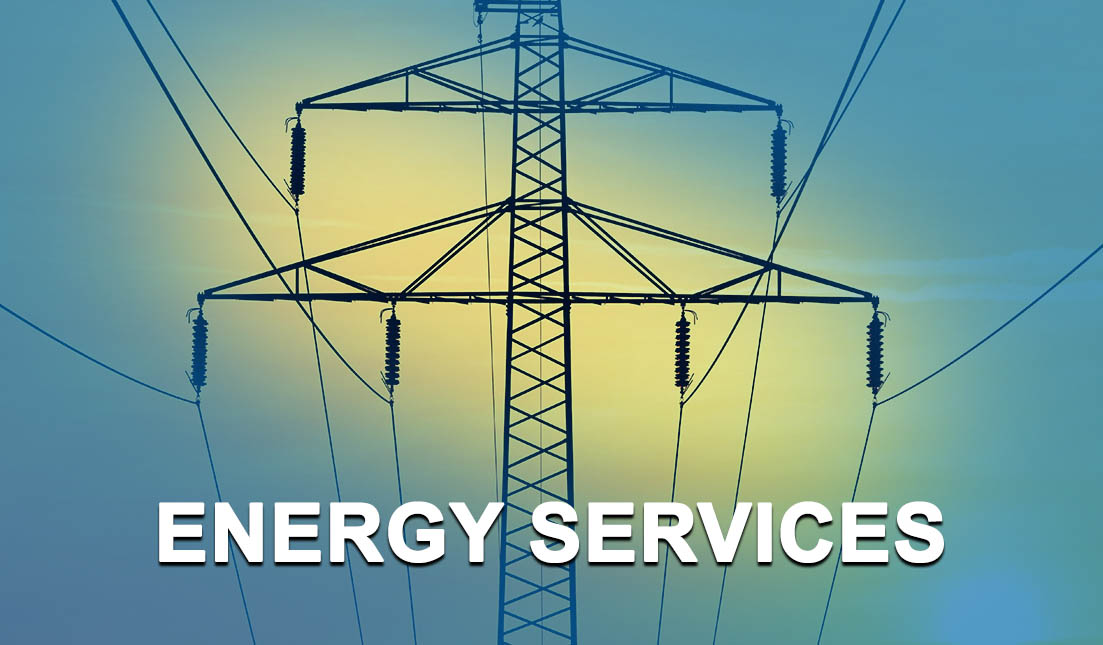 It is fairly unknown outside the field but energy rates and efficiency can be improved and the reality is that is the primary challenge for any energy services company. With deregulation in the United States energy market in the 90s, the energy providers business experienced a rapid boost. Utilities, which for a long time experienced the cover of monopolies with certain gains on power plant assets, now had to reluctantly compete to supply power to a lot of their largest clientele. Now they’re commonplace among many organizations this includes municipalities, school districts, industrial jobs and commercial verticals.
It is fairly unknown outside the field but energy rates and efficiency can be improved and the reality is that is the primary challenge for any energy services company. With deregulation in the United States energy market in the 90s, the energy providers business experienced a rapid boost. Utilities, which for a long time experienced the cover of monopolies with certain gains on power plant assets, now had to reluctantly compete to supply power to a lot of their largest clientele. Now they’re commonplace among many organizations this includes municipalities, school districts, industrial jobs and commercial verticals. Turnaround service is an additional component to the range of providers by energy service providers that includes project administration throughout operational turnarounds of factories at the time of maintenance. This sort of service can include a number of other services within it which includes regulative, measurement, meter testing and others. Based on the degree of the job, these contracts ordinarily last from 2-4 weeks.
Turnaround service is an additional component to the range of providers by energy service providers that includes project administration throughout operational turnarounds of factories at the time of maintenance. This sort of service can include a number of other services within it which includes regulative, measurement, meter testing and others. Based on the degree of the job, these contracts ordinarily last from 2-4 weeks. Post COVID-19 it has become clear that companies will have no choice to take online marketing in search seriously. As we emerge out the other side of this gripping lockdown, companies understand more today than ever, the importance of attracting leads from a variety of different venues. Worth mentioning is the companies ranking in what’s called Google Local.
Post COVID-19 it has become clear that companies will have no choice to take online marketing in search seriously. As we emerge out the other side of this gripping lockdown, companies understand more today than ever, the importance of attracting leads from a variety of different venues. Worth mentioning is the companies ranking in what’s called Google Local.